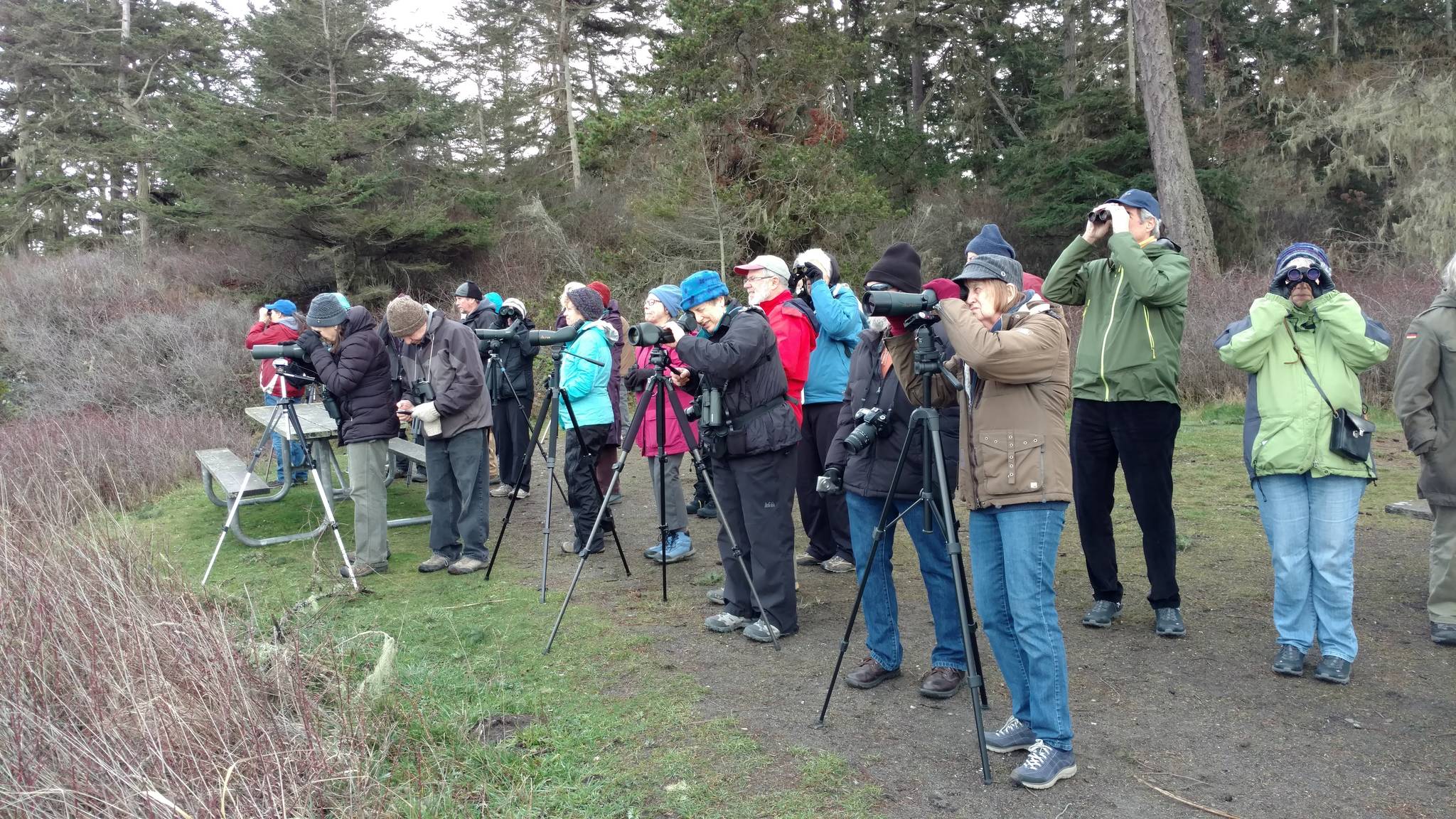The Whidbey Audubon Society has updated its birdwatching checklist, a free resource for beginning and intermediate island birders.
The list is rife with information on the island’s avian inhabitants. Not only does it name the 232 bird species found on Whidbey Island, it also breaks down the likelihood of spotting each bird by month. The list also indicates which species nest or may nest on the island.
The birds on the list are grouped into families, such as shorebirds, owls and waterfowl. The society updated the list to reflect DNA research from Cornell University, which changed where birds should be placed on the list in relation to one another.
Whidbey Audubon Society board member Joe Sheldon said the society has been producing bird checklists for more than 20 years. This most recent update also reflects which species are becoming rarer on the island.
“Since we began to produce the checklist, there are a number of the species of birds that have become significantly more difficult to find or in much smaller numbers,” Sheldon said.
The western grebe, the black scoter and the white-winged scoter are just a few examples of birds that have recently become less common on Whidbey. According to Sheldon, there hasn’t been a documented sighting of a western screech owl, which used to be seen regularly on the island, in at least 15 years.
Sheldon said the main culprits, deforestation and climate change, are projected to produce more avian casualties in the Pacific Northwest.
“The Rufous hummingbird, which is our most abundant, common hummingbird during the summer, may well be pushed out of Western Washington in the lowlands,” he said. “It’ll simply be too hot for them to nest.”
Around 30 percent of North American bird species are believed to be highly vulnerable because of climate change and habitat destruction, Sheldon said.
Island ornithophiles can download the checklist, which can be folded up into a handy brochure, at www.whidbeyaudubonsociety.org/whidbey-island-bird-list.
The Audubon Society also hosts guided birding field trips and introductory birding classes for beginners.
“The easiest way to learn how to identify birds is just go out with people that are birding, and then ask lots of questions,” Sheldon advised beginners.


